Article
Fact and Fiction Collide in England's West Country
Author(s):
You'll find history and legend -- and perhaps a bit of both combined -- when traveling through England's West Country, a gorgeous, mysterious part of the Old World.
Photography by the authors.Stimulating travel stories are found sometimes in the strangest places. In crime writing, for example: Whodunnits. Gritty police procedurals. Thrillers.
Favorite authors in that genre might include David Lindsey, who places his protagonist, homicide detective Stuart Hayden in Houston. As you read, you can feel the humidity steaming from that Texas city. Writer John Lescroart has lawyer Dimas Hardy, simultaneously enjoying the sophistication of San Francisco, while suffering with its local politics. And James Lee Burke, of course, whose lyrical descriptions of coastal Louisiana almost make the investigations of sheriff’s Deputy Dave Robicheaux pale in comparison. Almost.
The trend of today’s fiction and movies, perhaps started by the James Bond extravaganzas, can have readers’ heads spinning as scenes shoot across the world. But all this might bring a sense of approval when an author carries a reader to places evoking pleasant memories.
And so Daniel Silva can be forgiven -- although he reveals that some places in Europe might be too dangerous even for his political assassin Gabriel Allon. The setting of Silva’s most recent novel, The Rembrandt Affair, is on the Lizard Peninsula and the delightful little parish of Gunwalloe in Cornwall in England’s West Country.

This is a gorgeous, mysterious part of the Old World. It lies bottom left on the map of England, the land the Pilgrim Fathers would see as they left the mists of the English Channel and headed into the threats of the north Atlantic. The parish church of Gunwalloe, sometimes called the Church of St. Wynwallow, crouches with its separate bell tower behind the rocky headland. The high land shields its cove from what, at times, can be dangerous seas. The most famous of the many shipwrecks off the coast here is the HMS Anson that sank in 1807 along with its 40 guns during the Napoleonic Wars.
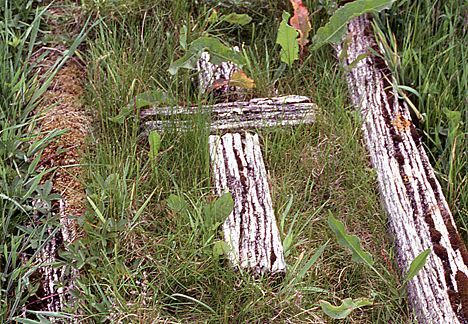
The parish was named after St. Gunwall who was born in Wales around the year AD 500. Old manuscripts, published in 1838, shaped a history of the parish, claiming a St. Gunwall passed this way in the early 6th century with almost 90 monks before heading for France where he became the Bishop of Brittany. Like the parish itself, the church cemetery goes deeply back in time. Ancient graves contrast with today’s high-tech reality, where the parish clerk offers online help to those seeking information on ancestors. The parish records actually have transcriptions of baptisms from 1713 to 1901, marriages 1608 to 1838 and burials between 1716 and 1903. The varying dates surely show how the people of rural U.K., like those of the U.S., vacated the country life in favor of work in the cities.
Gunwalloe is a short distance from Land’s End, the extreme westerly point of the English mainland and a long 850 miles from John o’ Groats, the most northern point on the Scottish mainland. It’s a quick drive west to Land’s End but there are other choices. Veryan, for example, is a tiny village to the east on the Roseland Peninsula with its own ancient church, but its main claim to fame lies in its odd round houses which look like illustrations for a Mother Goose rhyme.
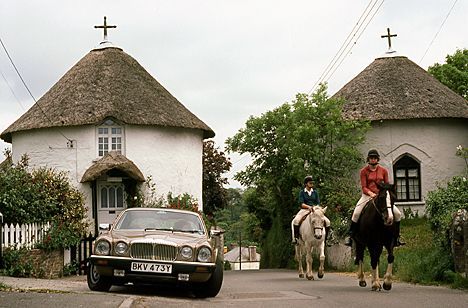
The Veryan story, however, is not a fairy tale but a true one involving a minister in the 18th century who had five unmarried daughters. The minister decided to build a home for each of them, but worried that the Powers of Darkness might seek out such worthy spinsters. He placed a cross on top of each roof to keep away evil and made the walls round to deny the Devil a dark corner in which to hide. The minister located two houses at each entrance to the village and positioned one in the center close to the church for extra protection, suggesting perhaps even God-fearing preachers play favorites with their children.
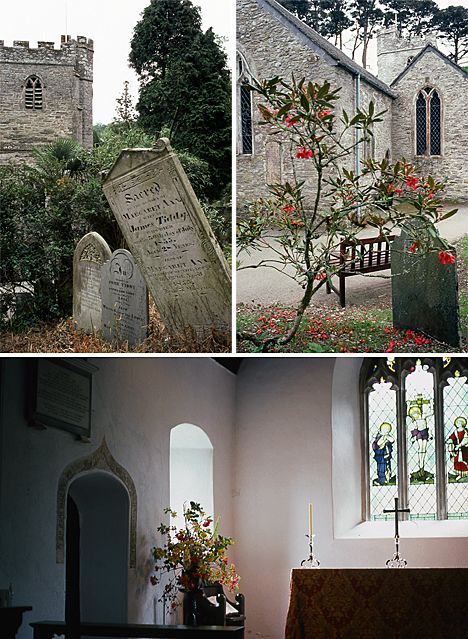
The Church of St. Just-in-Roseland stands nearby, said to be the most-photographed church in Cornwall. The legend -- and there so many of them in England’s West Country -- swears that Jesus Christ once landed at this spot, brought by his uncle, Joseph of Arimathaea. The legend was the inspiration for William Blake’s mystical hymn “Jerusalem.” This folk tale also claims that when the same Joseph laid his walking stick down in nearby Glastonbury, it bloomed as a thorn tree. The legend encouraged medieval pilgrimages to that city and they did not stop until the abbey was destroyed in 1539 during King Henry VIII’s break with the Catholic Church: The English Reformation.
Next, we head north through the village of Helston to Tintagel. Helston spotlights the Old World innocence of this part of England: Its two claims to fame are its annual Floral Dance Festival and that the town is the birthplace of Bob Fitzsimmons, the 1890’s world champion boxer. During the Floral Dance Festival, a crowd in Elizabethan garb cheers on actors staging the battle between St. George and the Dragon. Helston got its charter in 1201, at which time, before mud and silt obstructed the Helford River, it was a thriving port. It was the location for another author Daphne du Maurier and her novel, Frenchman’s Creek.
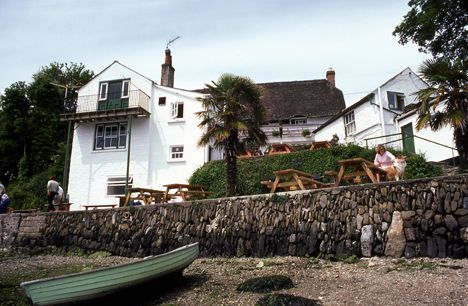
But if you’re touring the world of fiction, nothing compares to a visit to Tintagel, in King Arthur Country, one of the most-visited and documented in England -- from the poems of Alfred, Lord Tennyson to the one-act plays of novelist Thomas Hardy. The old post office, now owned by the National Trust, dates from the 14th century, but the age of Tintagel castle is less clear.
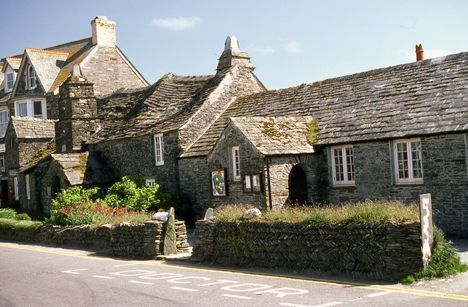
When, in Tintagel, you’ll typically have to fight your way past the tourists who are bypassing Cornwall’s legendary afternoon teas in favor of Round Table pizzas, and then stand on the headland overlooking “Tintagel Castle.” You may well ask: Is this the site of a Celtic monastery dating back to the 5th century, or a Norman castle mentioned in the Domesday Book in 1086? Or was it the castle of a king, Arthur, who essentially never existed -- and did the wars that followed his reign ever really happen?
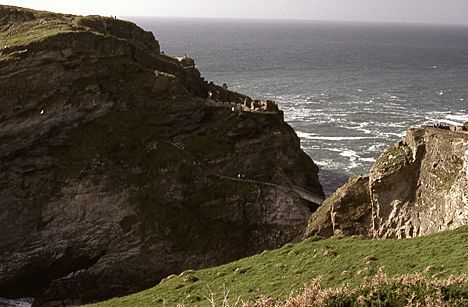
Indeed, was the weathered native we found in a local pub teasing when he told us about King Arthur’s “real grave”? “It’s not in the ruins at Glastonbury Abbey,” he murmurs thanking us for his pint of Guinness and savoring the foam, “It’s at Slaughterbridge, where the final battle of Camlann took place.”
So we follow directions to the River Cam and the bridge over it that commemorates the slaughter that followed the battle. Once there, we venture into a deep ditch below the river bank through stinging nettles and the biting mosquitoes to where a rectangular rock surely looks like a stone-chiseled tomb.
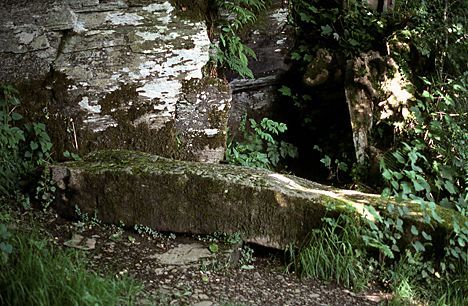
It just takes a moment crouching awkwardly under the bridge to figure out which makes more sense: To embrace some of the quirkier legends of the West Country, or to head east to the famous Devonshire cream teas that are truly not fiction.
The Andersons, who live in San Diego, are the resident travel & cruise columnists for Physician's Money Digest. Nancy is a former nursing educator, Eric a retired MD. The one-time president of the New Hampshire Academy of Family Practice, Eric is the only physician in the American Society of Travel Writers. He has also written five books, the last called The Man Who Cried Orange: Stories from a Doctor's Life.











